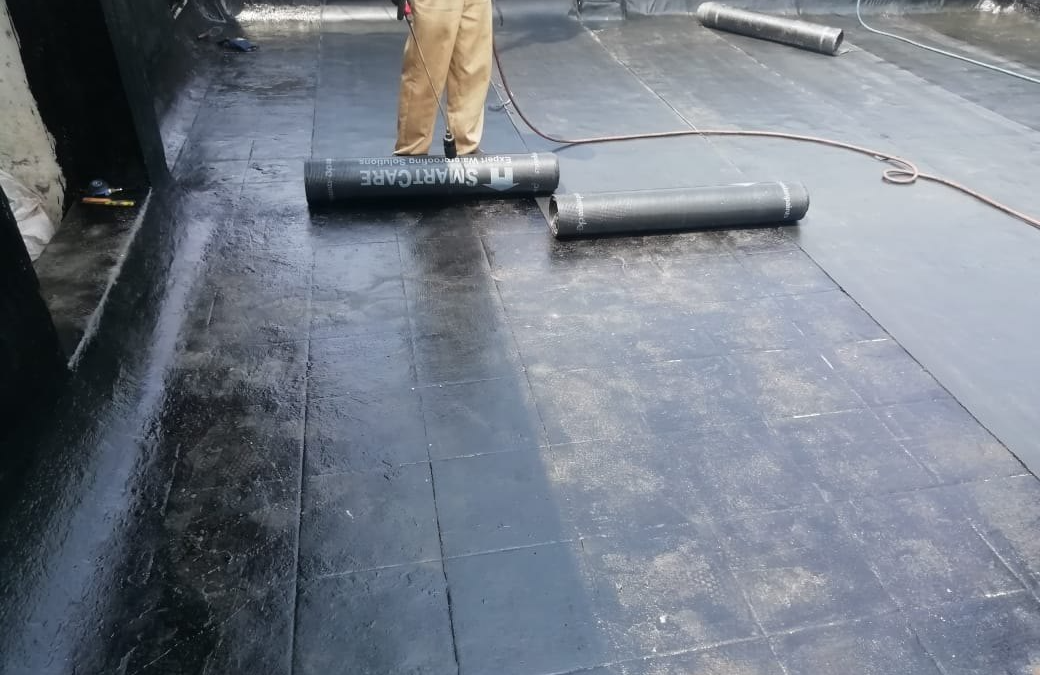Table of Contents:
Introduction
Effective Weather proofing strategies
- Importance of Proper Insulation
- Exterior Coatings and Finishes for All-Weather Protection
Future Trends in Façade Protection
- Innovations in Waterproofing Technologies
- Sustainable Weatherproofing Solutions for Eco-Friendly Structures
Conclusion
Introduction
Uncover the significance of weatherproofing in Singapore’s climate and delve into its vital role in establishing a resilient living environment. Explore effective strategies and techniques to shield structures from rapid deterioration induced by the prevalent heat and humidity.
Effective Weatherproofing Strategies
Importance of Proper Insulation
In Singapore’s tropical climate, effective insulation for facades is paramount. The region’s elevated heat and humidity levels present substantial challenges to building structures. Proper insulation serves as a crucial barrier, preventing the infiltration of external heat and contributing to the regulation of indoor temperatures, ultimately optimizing energy efficiency.”
Thermal Regulation: By establishing a thermal barrier, and proper insulation prevents the penetration of excessive heat from the external environment. This becomes especially crucial in Singapore’s climate, where temperatures can soar, consequently leading to heightened cooling demands.
Energy Conservation: Minimizing heat transfer through efficient insulation not only aligns seamlessly with sustainability goals but also diminishes dependence on air conditioning systems, leading to substantial energy savings. Consequently, this contributes to long-term cost efficiency.
Humidity Control: In Singapore, where high humidity levels can affect indoor comfort, insulation plays a crucial role. Effectively managing moisture, insulation prevents the infiltration of humid air, thereby mitigating associated discomfort—especially the sticky feeling experienced during warmer periods..
Facade Durability: In addition to temperature regulation, proper insulation plays a crucial role in enhancing the longevity of facades. Serving as a protective layer, it shields the building envelope from the adverse effects of external weather conditions, such as heavy rainfall and intense sunlight.
Comfortable Indoor Environment: Ensuring effective insulation is crucial to foster a comfortable and livable indoor environment, promoting a consistent and controlled climate. This aspect gains significance, especially in residential and commercial spaces, where prioritizing occupant comfort is of utmost importance.
Exterior Coatings and Finishes for All-Weather Protection
Picking the right coatings for outside walls is crucial to keep them strong in different weather. These coatings don’t just make the building look good; they also act like a tough shield, making sure it stays strong against different weather problems.
Elastomeric Coatings:
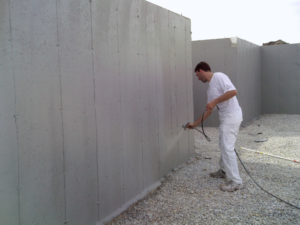
Features:
Elastomeric coatings demonstrate remarkable flexibility, enabling them to stretch and contract along with building materials in response to temperature changes. This inherent flexibility proves highly effective in preventing cracks and averting potential water intrusion.
Benefits:
Elastomeric coatings offer notable benefits for concrete and masonry surfaces. By establishing a seamless and waterproof barrier, while also accommodating substrate movement, these coatings prove exceptionally well-suited for Singapore’s climate conditions.
Nano Coatings:
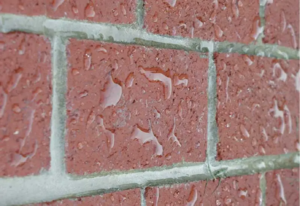
Features:
By harnessing nanotechnology, nanocoatings form a protective layer on the exterior surface. Widely recognized for their water-repellent properties and exceptional resistance to dirt and pollutants, these advanced coatings provide superior protection.
Benefits:
Nanocoatings provide versatile applications for surfaces such as glass and metal, introducing self-cleaning properties. This proactive feature significantly hinders the growth of mold and mildew, ensuring a cleaner and more sustainable environment.
Silicone Exterior Finishes:
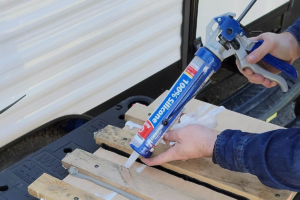
Features:
Silicone-based finishes are breathable, enabling the escape of water vapor while establishing a robust waterproof barrier. Additionally, they exhibit resilience against UV radiation and weathering
Benefits:
Silicone finishes, well-suited for various substrates such as concrete, stucco, and masonry, are renowned for their durability and long-lasting protection against the elements.
Polyurethane Coatings:

Features:
Polyurethane coatings create a robust protective layer that withstands UV radiation and weathering. Widely employed for high-traffic and abrasion-prone surfaces, these coatings offer durable and resilient solutions for various applications.
Benefits:
Polyurethane coatings, renowned for their excellent chemical resistance, prove highly suitable for industrial or high-exposure environments. Moreover, they demonstrate notable resilience against fading and discolouration.
Ceramic Coatings:

Features:
Ceramic coatings, utilizing nano-ceramic particles, establish a protective layer on the surface. Renowned for their heat-reflective properties and durability, these coatings offer advanced protection.
Benefits:
Ceramic coatings provide effective thermal insulation, diminishing heat absorption by exterior surfaces. Additionally, they act as a shield against UV rays, effectively preventing the degradation of underlying materials.
Future Trends in Façade Protection
Innovations in Waterproofing Technologies
As we look ahead, new waterproofing technologies are set to transform how we protect building exteriors. Exciting advances include smart materials that can fix themselves and coatings that are super smart. This means better resistance to water, longer-lasting durability, and the ability to handle changes in the weather. Also, we’re expecting to use digital tools, like smart predictions and live monitoring, to take good care of building exteriors before any problems pop up. It’s all about making sure buildings stay strong and last a long time.
Sustainable Weatherproofing Solutions for Eco-Friendly Structures
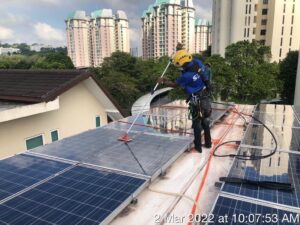
The future of keeping building exteriors safe is tied to being eco-friendly. More people want weather protection that’s good for the environment. Check out using natural materials for waterproofing and adding recycled stuff to coatings. Also, see how roofs and walls with plants help. They not only keep the weather away but also save energy and help nature. Mixing being eco-friendly with weather protection fits the worldwide shift to building things that are good for the Earth.
Conclusion
In summary, creating durable and eco-friendly living spaces involves wisely using weatherproofing methods. By adopting proper insulation, carefully choosing coatings, and staying open to advanced innovations, we protect our buildings and commit to responsible architecture. Weatherproofing isn’t just a shield—it’s a promise to a strong, lasting, and environmentally friendly architectural future.


